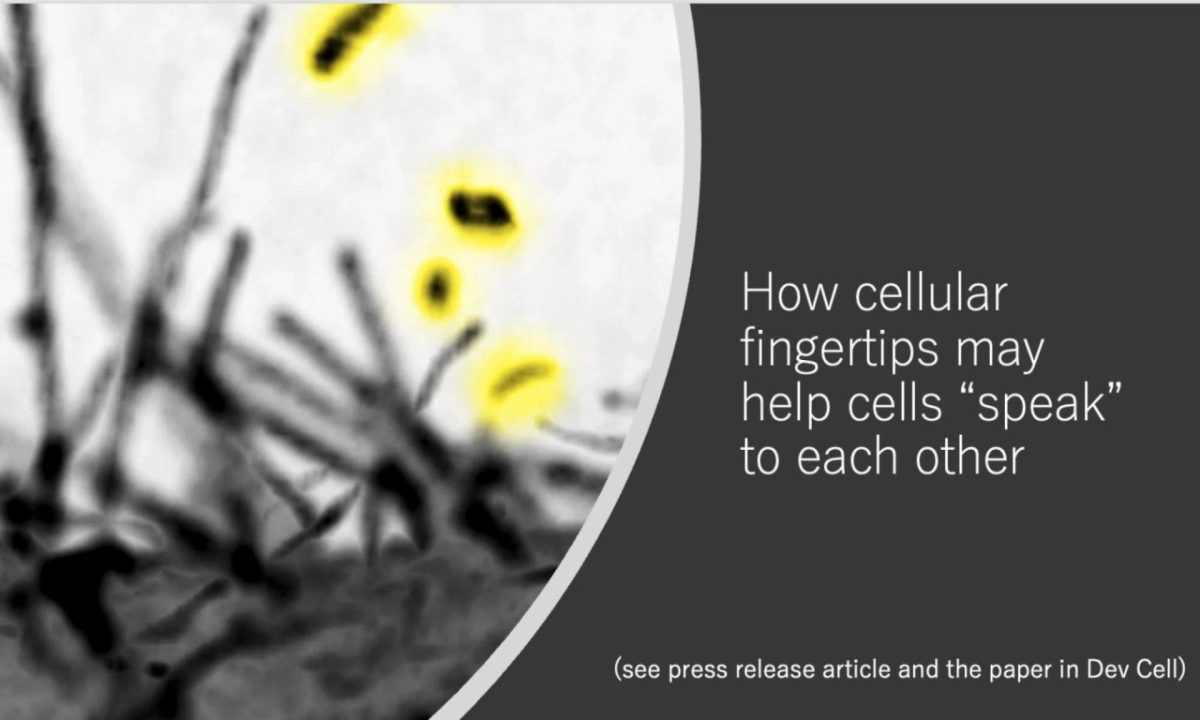Outline of Research
Cellular membrane is the essential component of cells that distinguishes the inside and the outside of the cells. Each type of cells has specific shape that is determined by the plasma membrane. The membrane receives every stimulus to cells, but how it behaves is not well understood. The shape of plasma membrane is determined by support of the cytoskeleton. Our lab will focus on the mechanisms connecting the membrane to the cytoskeleton. Our lab also focuses on the membrane-binding proteins connecting the membrane to the intracellular signaling for varieties of cellular functions including proliferation and morphological changes. The roles of lipid composition of the membrane, including the saturation or unsaturation of fatty acids, are examined using the membrane-binding proteins. These complex building of the cells will also be analyzed with the images of the molecule localizations.
Elucidating cell-shape-dependent cellular signaling
The intracellular signaling cascade became understood by observing molecule-molecule interactions. However, the spatial organization of these signaling cascades had not been studied so well. We found the BAR domain superfamily proteins that remodel membrane shape and then, presumably, dictate the intracellular signaling cascades.
The parts of the cells are released and delivered to the neighboring cells. These extracellular vesicles (exosomes and ectosomes) are also regulated by the BAR domain superfamily proteins.
Thus, the important questions are how the BAR domain superfamily proteins are regulated, and how they assemble the downstream molecules.
Searching for new membrane binding proteins
Given the importance of membrane lipids as essential components of cells, we suppose there are many lipid-binding molecules that have not been clarified. We are searching for novel lipid-binding proteins using a variety of methods.
The importance of fatty acids in the membrane.
Another point for understanding the cellular membrane is the importance of fatty-acid tails of lipids. Although the importance of saturated or unsaturated lipids in nutrients is well-known, the mechanism of importance is not understood in molecular levels in cell biology. We will examine how fatty acids are important in intracellular signaling including that for cancer, using the proteins listed above.
Application of data science to cell biology.
The above complexity of proteins and lipids results in the complex cell morphology. The complex cell morphology can be divided into subcellular structures, which can be described using proteins and lipids. To understand such complexity and the connectivity between subcellular structures, we will cross-correlate the localizations of the proteins and the lipid membrane in space and time by using information technologies including deep-learning. The expected results will compensate the above research and also will predict the behavior of the cells.

